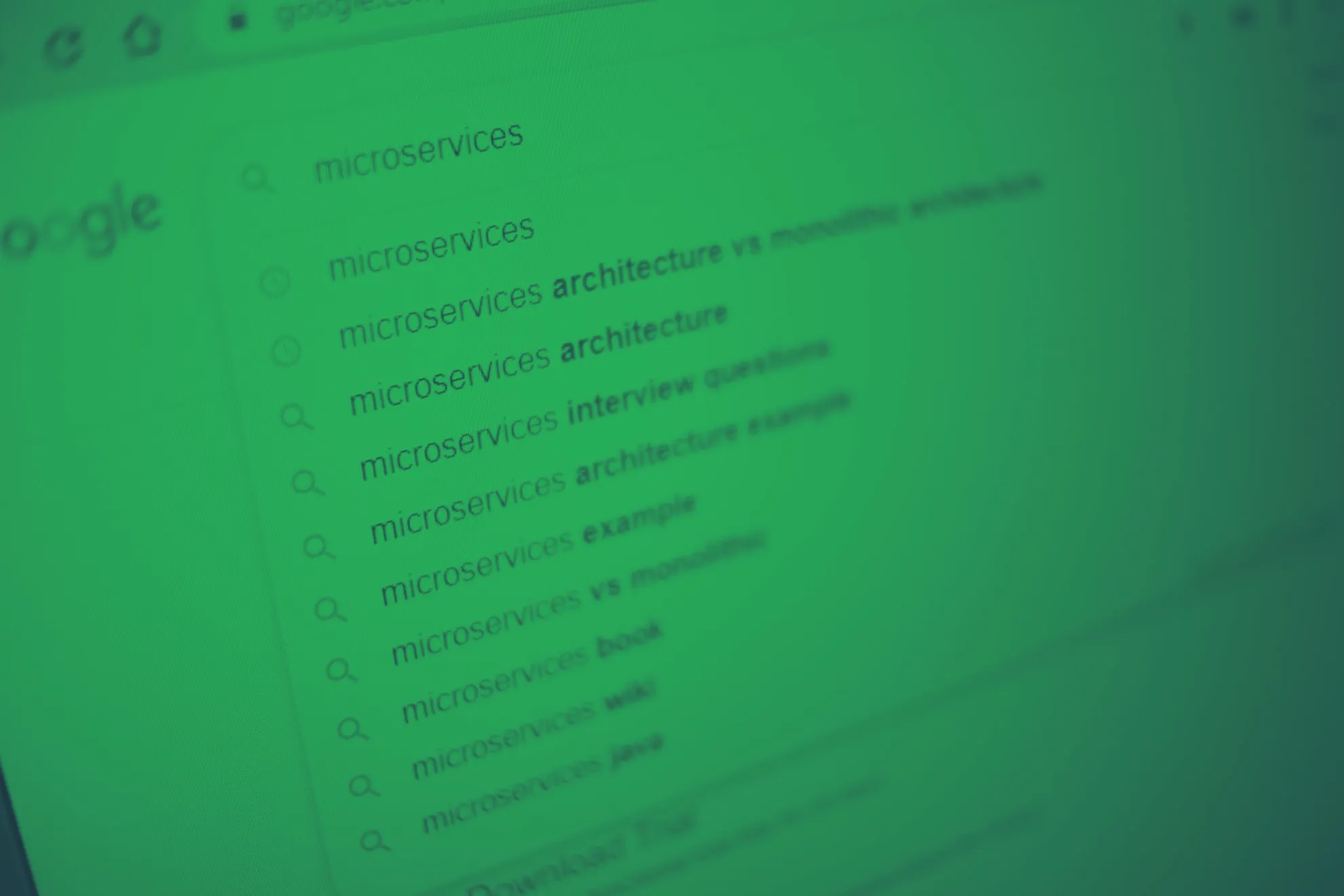
The good PIM project
A PIM system can be a good investment for companies that have many goods.
The idea of investing in a PIM system is to support all your processes around acquisition, enrichment and publication of product data.
With the PIM system, we centralize and organize your product data in a way that makes it easy for you to maintain, update and distribute it. It improves the efficiency of your work, reduces errors and provides more streamlined processes.
However, the prerequisite for a PIM system to become a valuable asset rests on the system being implemented correctly - and that requires a good PIM project.
This is how we run a good PIM project
The process we follow is based on experience from more than 80 PIM projects
Pre-analysis
We do a thorough pre-analysis of your data foundation, your business model and which PIM system could suit your needs and budget.Contract negotiated and settled
Together we draw up a contract that specifies our cooperation and which deliveries you can expect, when and at what price.Project start
We are hosting a workshop with you where we will officially start the project. We dream up the envisioned result together.Thorough analysis
We go in depth with your product data, your use of the data and which data suppliers and recipients you have in the company. Here we become extremely knowledgeable of you.We configure 3 product categories
We set up three product categories based on our analysis and close interaction with you. When we reach a common satisfaction with the configuration, we move on to data conversion.Data is converted
We pull a rake through your data and import it into your new PIM system so that the three product categories presents themselves as good templates for you to work from.We test
We test that the system, import, export and any integrations work as we expect and have agreed with you.You approve the solution
We present our solution and you give your acceptance that we have delivered what we agreed at the start of the project.Training
We come out to you and guide your employees to use the system. We do different courses for different professions.
Remaining item categories are created
Now you have the system in your hands and with the three template categories that we made, you set up the rest of your categories yourself. Unless you prefer that we perform this task.You test
You test yourself whether your new categories behave as expected and whether any corrections are to be made based on this.The PIM system goes live
Your new PIM system goes live with a bang (or in utter silence) and your colleagues, customers and partners are jubilant.
Why invest in a PIM system?
Streamline your ERP system and reduce risks
A PIM system can help streamline your ERP system (Enterprise Resource Planning) by taking care of product data management. ERP systems are designed to manage a wide range of the company's master data, resources, and processes, but they are often not optimized for handling large volumes of product data. A successful PIM project helps you map out the effort and execute the shift of ownership of product data from ERP to PIM. This frees up resources in the ERP system and makes it easier to focus on the core functions it excels at.
PIM as "Single Source of Truth"
With a PIM system, the company gets a "single source of truth" for all product data. In practice, this means that all information about the products is collected and maintained in a single place, ensuring that all departments and channels are working with the same, accurate data. This centralization reduces the risk of inconsistencies and errors that can occur when data is spread across multiple systems or maintained manually in different departments.
Easier by sharing product data to many channels
A PIM system makes it considerably easier to share product data across many different sales channels and marketing platforms. By having all product information gathered in one place, data can be easily exported and distributed to webshops, catalogues, social media, marketplaces and other relevant channels. This saves time and ensures that all channels receive up-to-date and consistent data, which can improve the customer experience and increase sales. Through a PIM project, companies can ensure a more efficient data distribution.
Fewer errors in data
With centralized and structured data management, the risk of errors is significantly reduced. A PIM system ensures that all changes and updates occur in one place and are automatically updated across all channels. This eliminates issues with inconsistent data, double entry, and outdated information. The result is more accurate product data, leading to better decision-making and fewer customer complaints. Implementing a PIM system through a PIM project can therefore drastically reduce errors.
Campaign management
A PIM system can also be a great help in connection with campaign management. When product data is readily available and accurate, it becomes simpler to create and run targeted campaigns. The marketing department can quickly find and use the necessary product information to create effective campaigns that hit the right target groups with the right messages. This can increase the effectiveness of campaigns and provide better results. A PIM project can thus significantly optimize campaign management.
Streamlining processes
Finally, a PIM system can contribute to overall efficiency in the company's processes. By centralizing and automating product data management, many routine tasks can be reduced or eliminated entirely. This frees up time and resources that can be allocated to more value-adding activities. Additionally, it provides employees with access to accurate and up-to-date data, which can enhance their productivity and reduce time spent on troubleshooting and data updates. Therefore, a PIM project can be a key factor in improving the overall efficiency of the company.
Let's have a conversation about your needs.
Would you like to know more about PIM projects and what an implementation process could look like? Then contact us for a no-obligation chat today.



